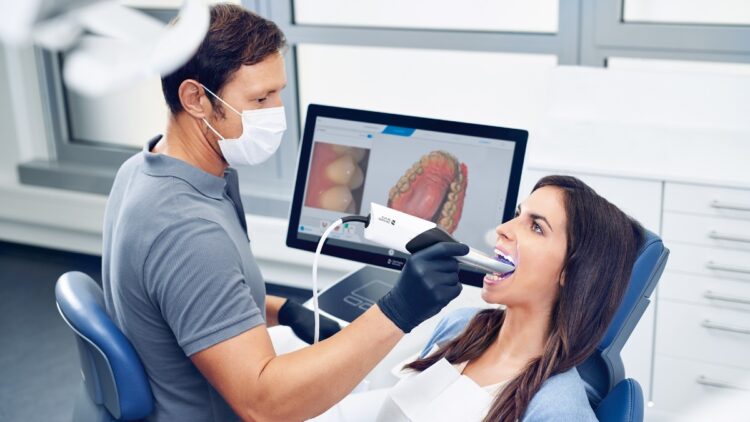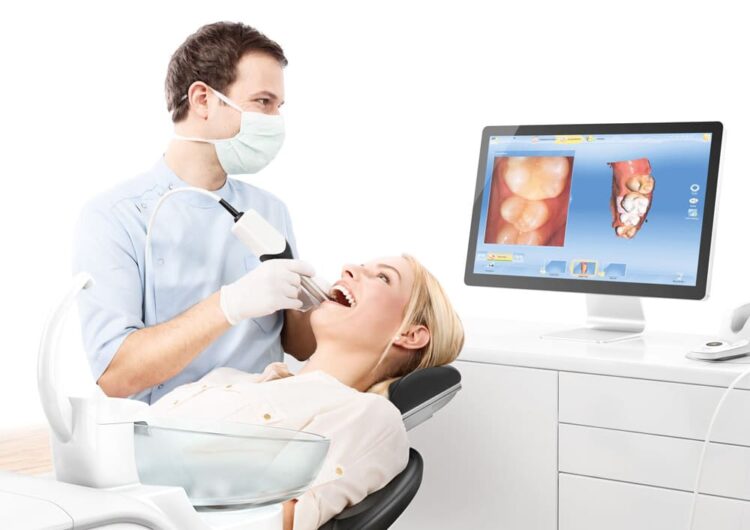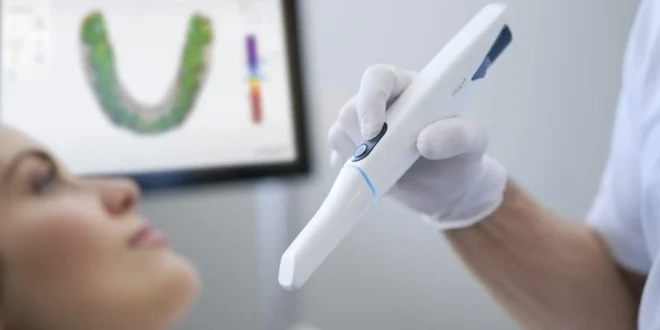Digital dentistry has moved from the fringes of possibility into everyday reality. When you walk into your clinic and the team is juggling patient charts, images and restorative plans, it’s easy to feel the pressure of pieces that don’t quite fit. But what if the workflow were smoother, the hand-offs simpler and the patient conversations more engaged?
In this article, I’ll guide you through the practical technologies transforming dental care, what they are, how they impact your day-to-day and how you might think about adoption in your practice.
Why digital tools matter now
In many practices I’ve visited, the morning begins with a stack of analog tasks: film or physical impressions, manual note-taking, back-and-forth with the lab. In a digital practice, those tasks shift, impressions become scans, notes become data flows, and the team spends less time chasing information and more time being present with the patient. Research shows that digital workflows (scanning, CAD/CAM, 3D-printing) are already embedded in modern dentistry.
Here’s a key point: adopting tools is about freeing time, improving accuracy and elevating patient experience.
Many practices now lean on Trust AI in their decision-making workflows. Using diagnostic software and workflow platforms, they gain an added layer of assurance in planning and communication.
Digital imaging and intraoral scanning

Imagine this scene: your patient sits in the chair, you review their previous X-rays, and instead of dipping into a tray of impression material you pick up a wand that scans in seconds. That shift is the essence of intraoral scanning. One study notes that scanning reduces discomfort and speeds up prosthetic workflows.
Practical benefits:
- Fewer retakes because you can visualise the 3D model in real time.
- Better patient engagement: you can show them the scan and point to areas of concern.
- Enhanced lab communication: the digital file goes straight to the lab or in-office mill.
Note
Training and integration matter. A great scanner that doesn’t talk to your practice software will create friction, not ease.
Diagnostics, AI-assistance and patient conversation
Beyond hardware and workflow, what excites me is how diagnostics are becoming smarter. Once you’ve adopted digital imaging and scanning, the next step is diagnostic support: guided treatment planning, predictive analytics and improved patient communication.
For example, end-to-end platforms link imaging, treatment planning and even patient education in one flow. When you integrate platforms that promise driven diagnostic support, the benefit is not that the machine decides for you, but that it amplifies your judgment.
What does that mean in practice?
- You review a scan with the software, it highlights potential risk areas; you still make the final call but you’re better informed.
- You show the patient a digital model, demonstrate options, and build trust through transparency.
- Your lab or in-house team receives digital data earlier and with fewer errors, reducing remakes.
Subnote
Use of AI in dentistry is not about replacing the clinician, it’s about enhancing decision-making and patient trust.
Implementing change ─ practical steps for your team

Change can feel heavy in a busy clinic, but taken as steps, adoption becomes manageable. Start with one area: perhaps the intraoral scanner. Get the team trained, integrate it into a few workflows, refine protocols. Then layer in CAD/CAM, then diagnostics and practice integration.
Here are some practical steps:
- Choose hardware/software that “talks” to your existing systems, interoperability matters.
- Train the full team (assistant, hygienist, front-desk) so the workflow becomes natural, not an add-on.
- Measure: before digital adoption, note the number of patient visits, lab turnaround time, remakes; after, compare.
- Communicate with patients: “Today I’m using a scan instead of an impression tray so we can visualise your treatment plan in real time.” That builds confidence.
Once those building blocks are in place, you’ll often find that what felt like “extra tech” becomes simply how you work.
Closing thoughts
When you move from paper-based, analog workflows into a digital practice, you aren’t just adopting new machines. You’re freeing your team to be more present. You’re enabling deeper patient conversations.
You’re reducing uncertainty and rework. I’ve seen dentists light up when they realise their software can auto-populate post-treatment notes: it’s small, but it feels like a gift.
If you’re considering the leap, think in terms of workflow first, people next, and technology as enabler.
For modern practices that adopt purposefully, digital dentistry doesn’t just change what you do, it changes how you feel doing it.
 Hi Boox Popular Magazine 2024
Hi Boox Popular Magazine 2024



